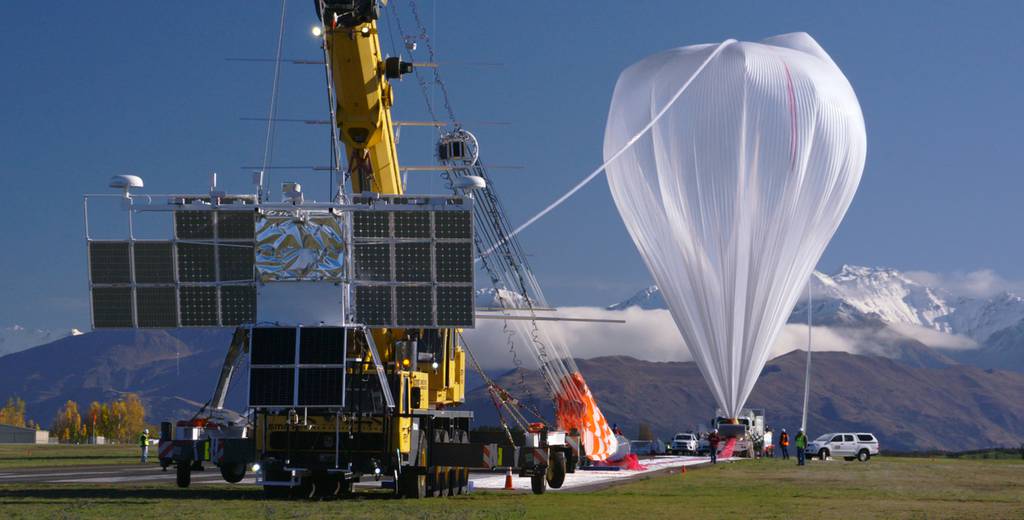
HUNTSVILLE, Ala. — The U.S. Army’s new team designed to allow the service to see deeply into a battlespace will initially work toward creating an architecture of sensors as well as processing and disseminating the enormous amount of data collected from those sensors, according to Army Futures Command leader Gen. James Rainey.
The All-Domain Sensing Cross-Functional Team will grow out of the Assured Positioning, Navigation and Timing/Space CFT, taking its current staff and director, Michael Monteleone, and expanding the mission to focus on broad deep-sensing capabilities.
The APNT/Space CFT has “solved the very hard problem and that is transitioning to [program managers] and [program executive offices] now, so that created some headspace,” Rainey said March 26 at the Association of the U.S. Army’s Global Force Symposium.
Monteleone and four to five newly created billets will be added in Washington, D.C., because “that is kind of the center of gravity of all-domain sensing,” Rainey said. However, the majority of the team will remain in Huntsville, Alabama, where APNT/Space CFT was based.
The All-Domain Sensing CFT is expected to reach initial operational capability within six months, Rainey added.
While many details aren’t yet finalized, Rainey said the team will “work on the sensing architecture inside the Army and inside the joint force.”
“We have found ourselves in a situation where we actually don’t have a sensing problem, we have a ‘doing something’ with all the sensing that is happening problem across the joint force,” he explained.
Another area of focus includes processing and disseminating data coming off of a large proliferation of different sensors in order to rapidly make sense of the battlefield, which in turn helps leaders quickly make operational decisions, Rainey said.
“The Army cannot continue to build human analysts to keep up with the amount of data. We have to bring [artificial intelligence] and machine learning to bear,” he added. “Not to replace humans, but how do we take a thousand pictures that might be a tank and get it down to 10 or 100 that then our humans can discern?”
Rainey noted that industry can help.
Deep sensing will also improve reconnaissance and surveillance as well as long-range fires targeting.
Platforms could also include things like high-altitude, fixed-wing, solar-powered platforms, other unmanned aircraft or crewed spy planes with more capable sensors. The Army is experimenting with all of these capabilities.
The service is currently reviewing capabilities like high-altitude balloons to determine where they might reside within formations and how units might use them at places like the National Training Center at Fort Irwin, California. For example, the Army is experimenting with high-altitude balloons at the service’s major experimentation capstone event Project Convergence this month.
The Army will continue to review and evolve cross-functional teams as it continues to modernize and take programs from development into fielded systems.
Army Futures Command, which was established more than five years ago to tackle the service’s toughest modernization challenges, set up cross-functional teams to focus on different capabilities the service needs to fight in a multidomain environment against high-end threats and advanced adversaries.
The original teams focused on long-range precision fires; next-generation combat vehicles; future vertical lift; the network; positioning, navigation and timing; air and missile defense; soldier lethality; and the Synthetic Training Environment. The idea was to convene a whole range of Army officials, from training and doctrine writers to sustainment experts to acquisition officers to system operators, to ensure the success of a program.
Author: Jen Judson
Source: DefenseNews



